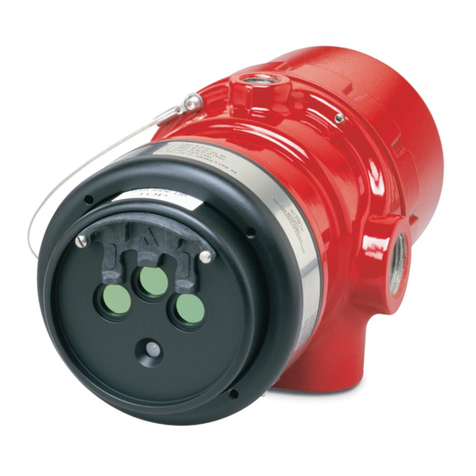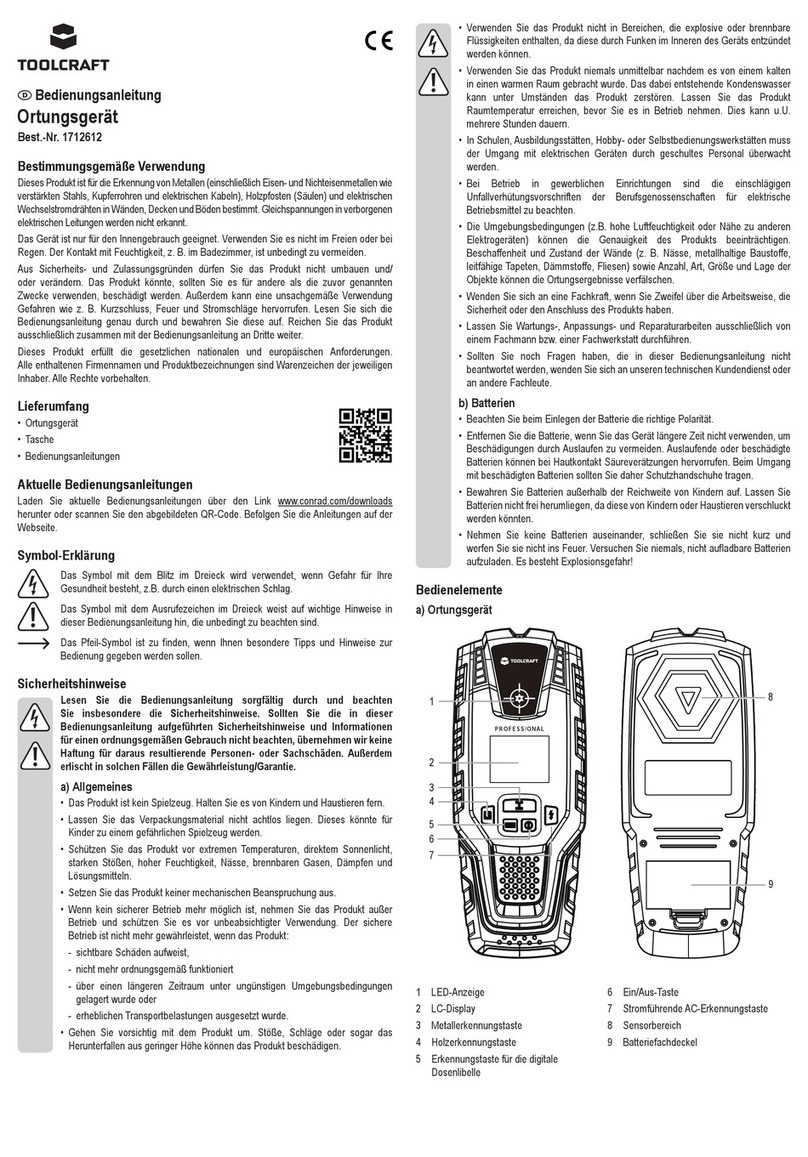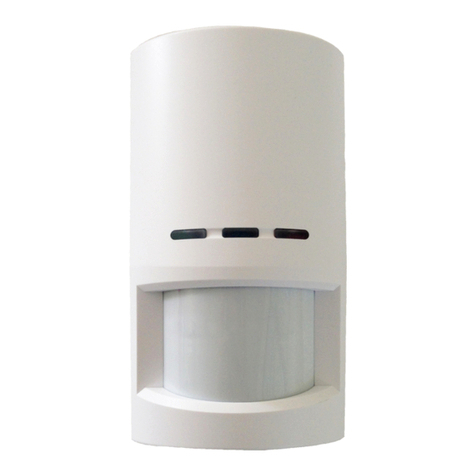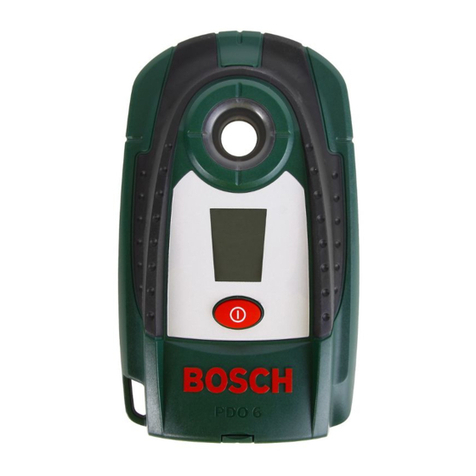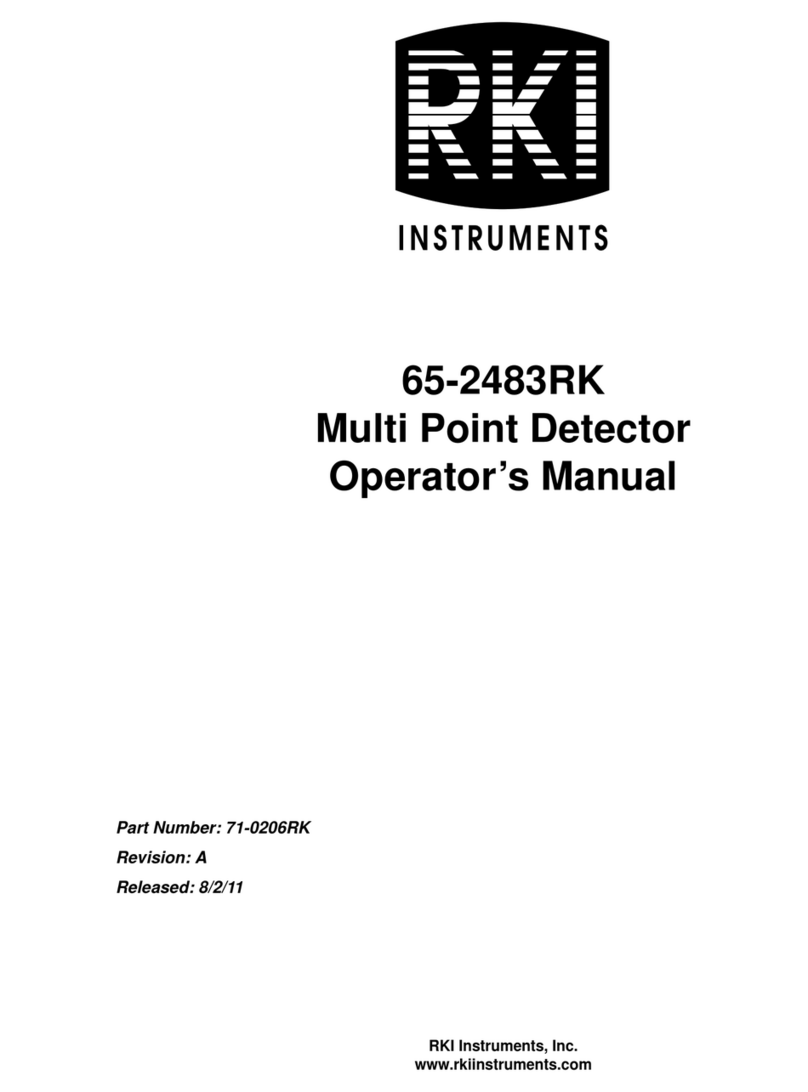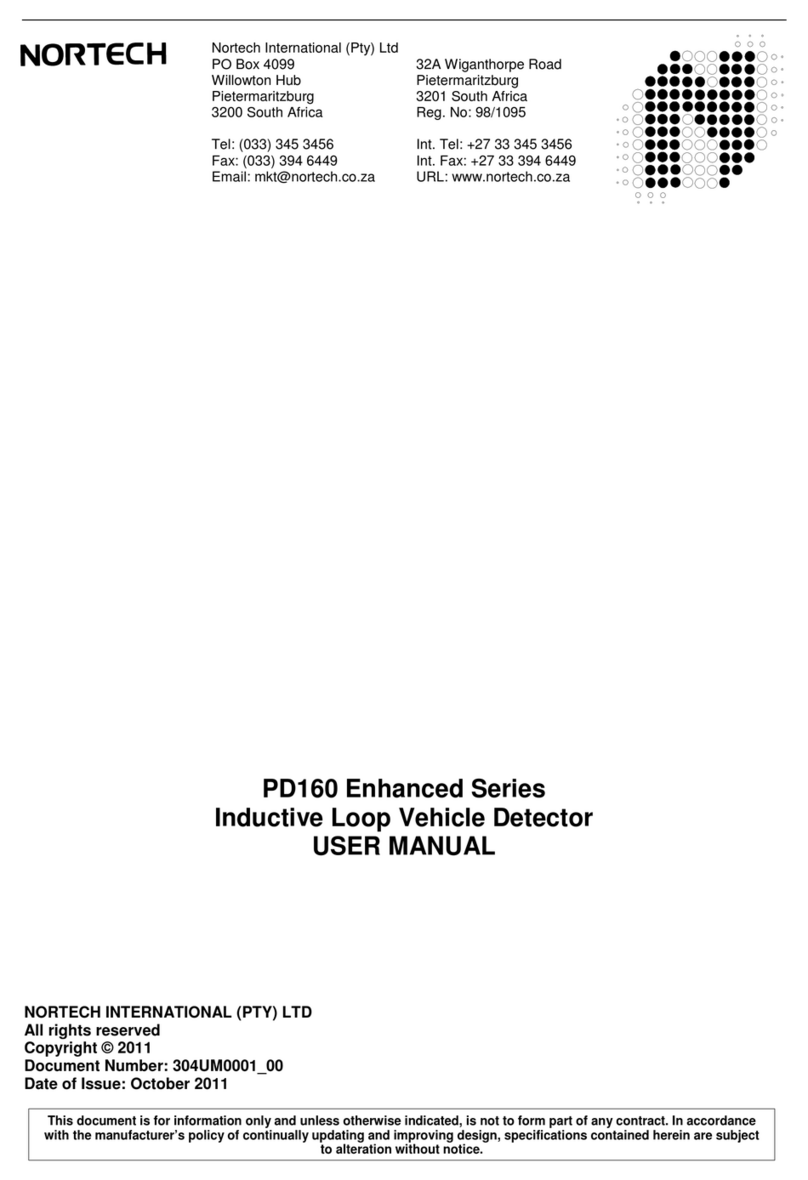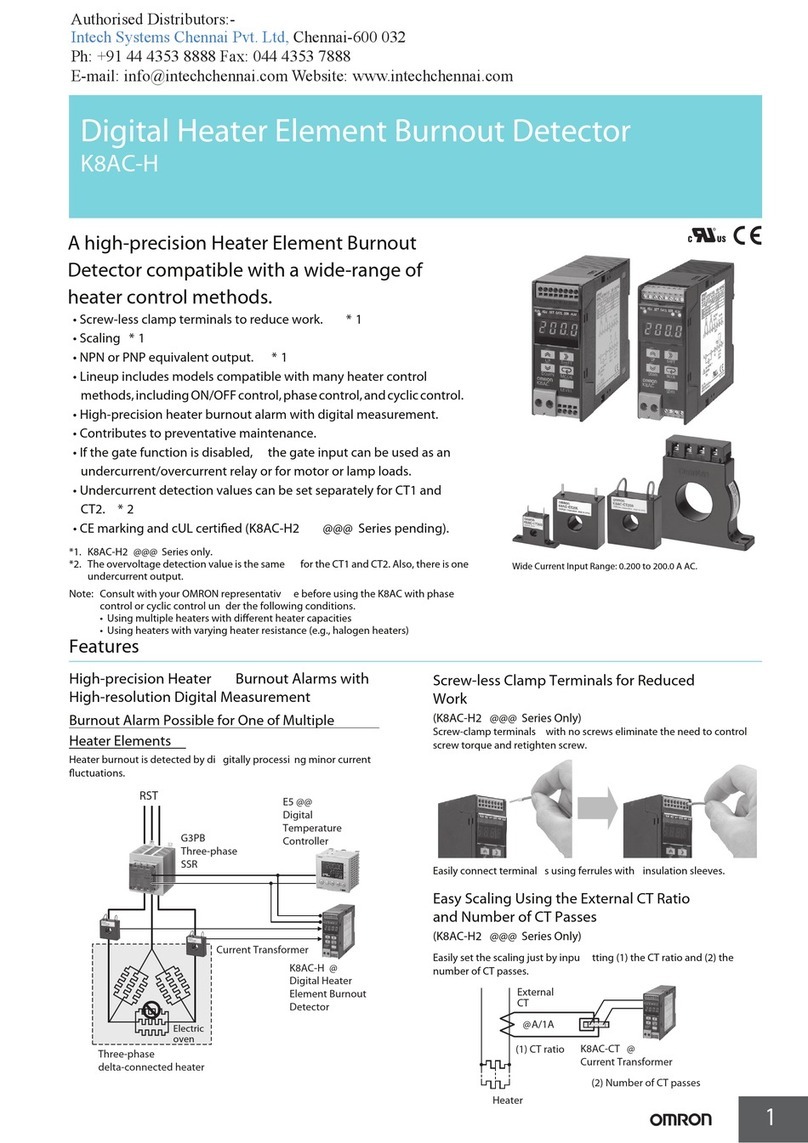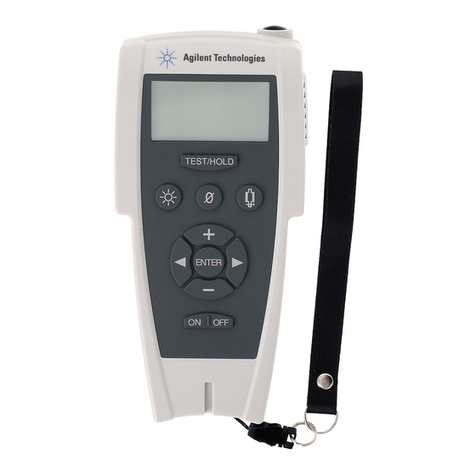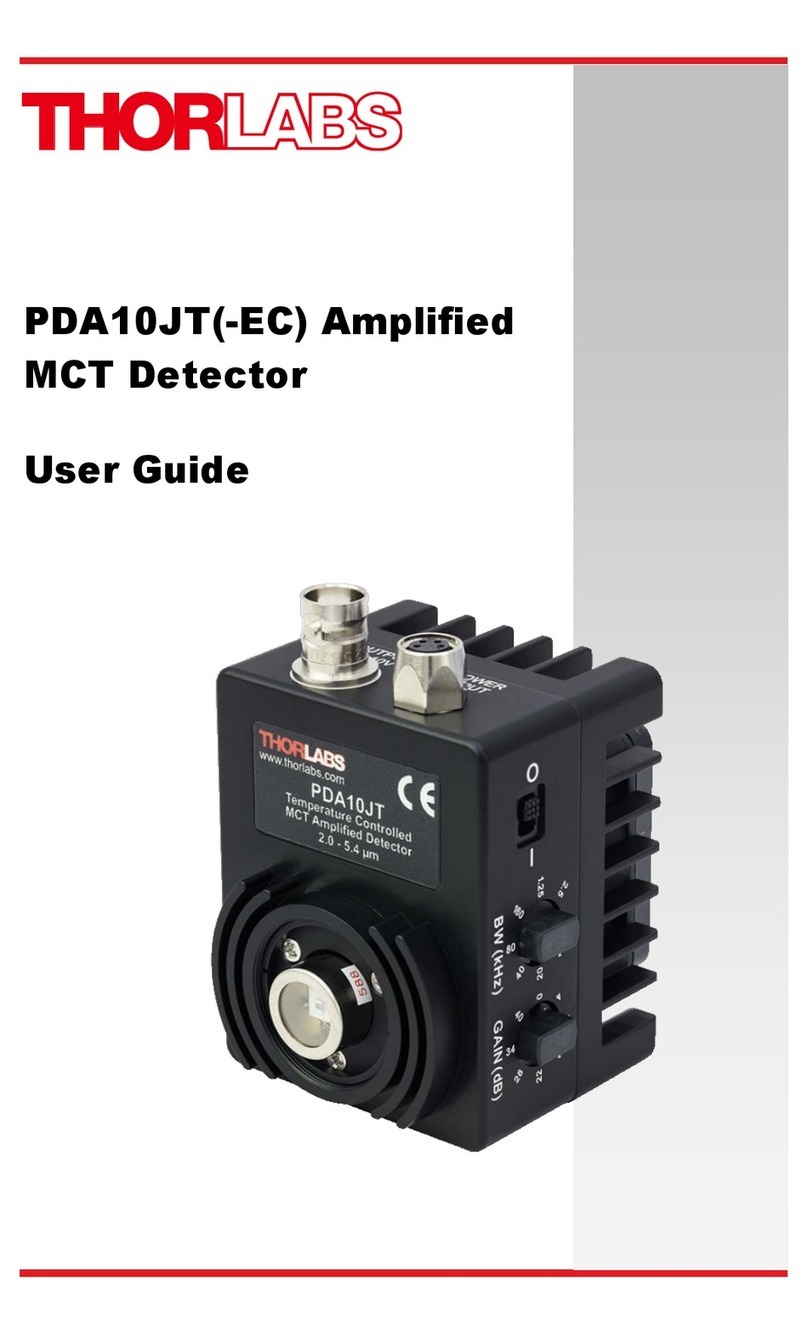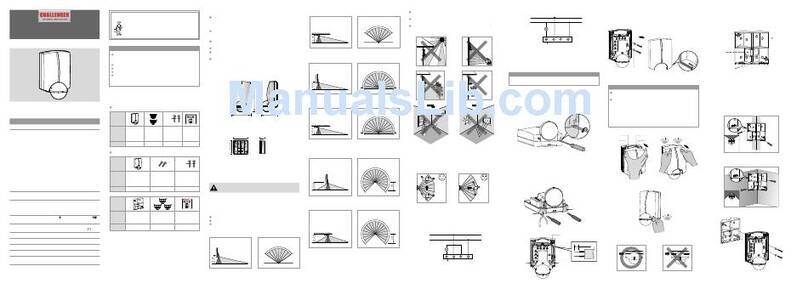
WILDEN PUMP & ENGINEERING 6 WIL-19050-E-02
CONDUCTIVE LIQUIDS — AN OVERVIEW
MODEL NUMBER, OPTIONAL AND
REPLACEMENT PARTS
WIL-GARD™ III KIT: 65-8115-99
Kit includes:
Wil-Gard™ III Control Module 65-8015-99
Wil-Gard™ III Conductive Sensor Cables 65-8020-99
Replacement Parts
Wil-Gard™ III Control Module 65-8015-99
Wil-Gard™ III Conductive Sensor Cables 65-8020-99
Optional Parts
100’ PE Extension w/In-Line Receptacle & Plug 65-8080-99
Liquids that conduct an electrical charge are said
to be conductive. Conductive liquids may contain a
percentage of water and are usually inorganic. For
example, acids and caustics are typically conduc-
tive, whereas solvents and hydrocarbons in 100%
concentration are typically non-conductive.
The introduction of a conductive liquid such as ordi-
nary water will introduce conductivity to non-con-
ductive liquids. For any given non-conductive liquid,
it is not possible to predict the volume of conductive
media which must be added to result in a con-
ductive liquid. Therefore, a conductivity test must
be performed to verify that the Wil-Gard™ III will
detect the process fluid upon diaphragm failure.
The test for conductivity can be performed in two
ways:
1) Contact your authorized Wilden distributor
for an on-site review. In this event, the actual
sensor cable of the Wil-Gard™ III is dipped
into the process fluid in question, to determine
whether the conductivity of the process fluid is
sufficient for detection.
2) A conductivity meter can be utilized to mea-
sure the conductivity of the process fluid. The
Wil-Gard™ III will detect any fluid that has a
conductivity of more than 75 micro-Siemens.
TROUBLESHOOTING
Audible alarm, LED and relay do not activate upon
diaphragm failure.
• 6” wire receptacle is not connected correctly to
the control module terminal block.
• Sensor wires (P/N 65-8020-99), 6” recep tacle
and/or the extension cords are crushed or bro-
ken.
• Verify the integrity of the 4 pin connector.
• Verify the sensor wire placement within the pump.
• Check the sensor for contamination; sensors can-
not be reused.
Wil-Gard™ III functioned correctly upon diaphragm
failure, not noticed by personnel.
• Install external alarm system to internal relay.
• Install solenoid valve to provide active inter vention
upon diaphragm failure.
• Utilize latching, external relay to ensure inter-
vention.
Unit is alarming, but diaphragm has not failed.
• Verify the torque specification of the outer piston.
• Verify the torque specification of the clamp bands.
• Verify that new expanded PTFE gasket kit on liq-
uid chambers was utilized upon installation.
• Check the ends of the sensor wire to ensure that
the two copper conductors are not touching. In
some cases, it may be desirable to remove a 0.5”
(13mm) portion of the jacket and tape wrap and
separate the two conductors by a small distance
to prevent inadvertent contact.

